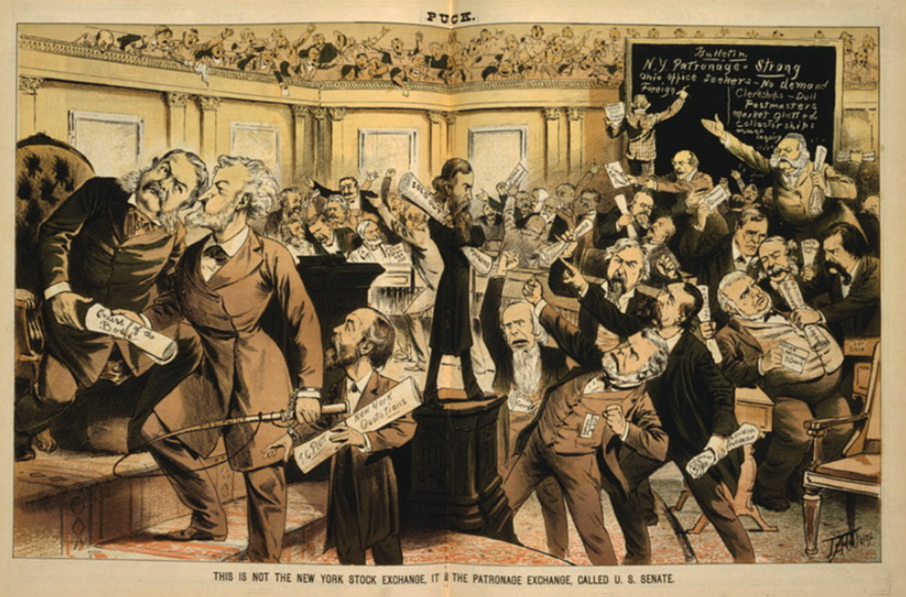An upcoming school project is providing the impetus to begin another, bigger, long-term project, the archive. My last post expounded on the great expanse of cataloging and what all is involved in the data management and location side of establishing an accessible archive. I already have an archive per se, a collection of photos, documents, papers, letters, and a handful of artifacts, the issue is it is little more than boxes of stuff, not the searchable and accessible collection it should be. As the previous post indicated the metadata captured and the form it takes provides the searchable elements of the catalog. This is where the old computer axium, garbage in – garbage out, stands very true. Bad use of, or poor, non-standard quality metadata is worse than none at all.
There will be more on the school project in future posts, suffice it to say at this point it is a pilot project to define the standards for a permanent digital media archive comprised of digitised magnetic analog media. The goal is to establish the background policies and procedures for an entity to build a media archive from old magnetic media before it degrades to the point it can no longer be accessed and to make the created digital media searchable and accessible. Searchable and accessible being the key operators, hence the need for a thorough look at what metadata will be useful, and to what level should the metadata be standardized to easily integrate with other institutions in a shared environment.
While my own archive has been nagging at the back of my mind for years, having a project along similar lines for a graduate project helps breaks the rust of apathy and stagnation. The project is under the auspices of an internship that will span two sub-terms, from mid-August to mid-December, and will be a pilot project that is primarily an investigation of what would be required to establish an archive. While I will be digitizing some media for the project, the primary objective is to gather data for a thorough report that will outline the policies and procedures for starting and maintaining a permanent archive along with the projected cost of maintaining it. I am hopeful that the my report from the pilot project will result in a decision by the organization to take on the full archive, but even if they chose not to, I will have set out to build a working archive and have the pilot project to show for it as well as the skills to continue with my own archive.
One of my biggest questions was were to build the archive website. I am running a testbed on and internet accessible server to learn the platform I have chosen to build the archive on, but I wanted to build the pilot project on an internal machine, something not hosted by a provider to allow for complete control and an opportunity to try and break it. I decided to run the pilot on a Raspberry Pi 5 with 8GB of memory and a 1TB SSD. I am familiar with running servers on the Pi platform and keeping them secure in a production environment which will help reduce IT needs. I have an isolated sandbox and can tunnel into the server which reduces the organizational expense to all but naut. I am used to taking on the IT/IS responsibilities for projects of this scale so this was a no brainer. In the runup to the project’s start date I am working on familiarizing myself with the inner workings of the Omeka platform and how it handles the metadata and customization.
That’s all for now,
~Jon


